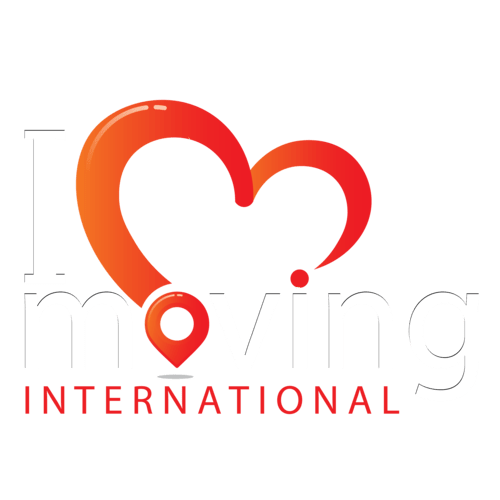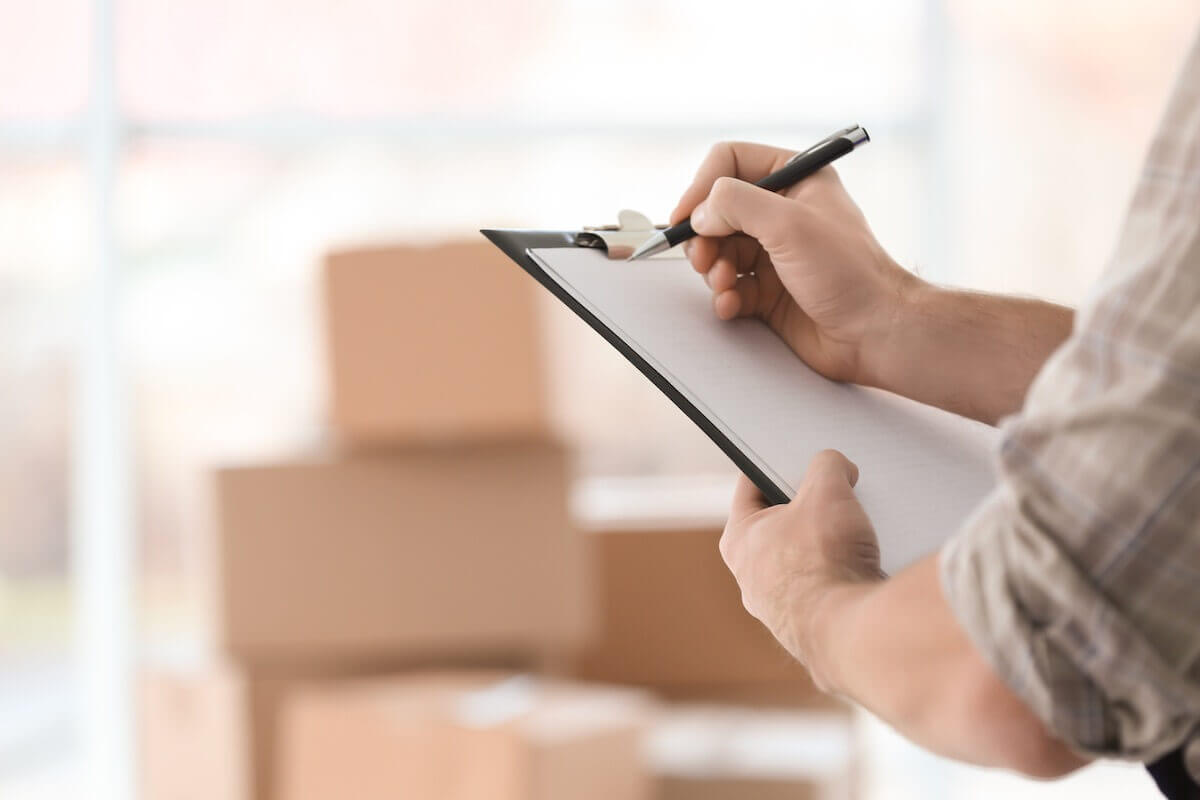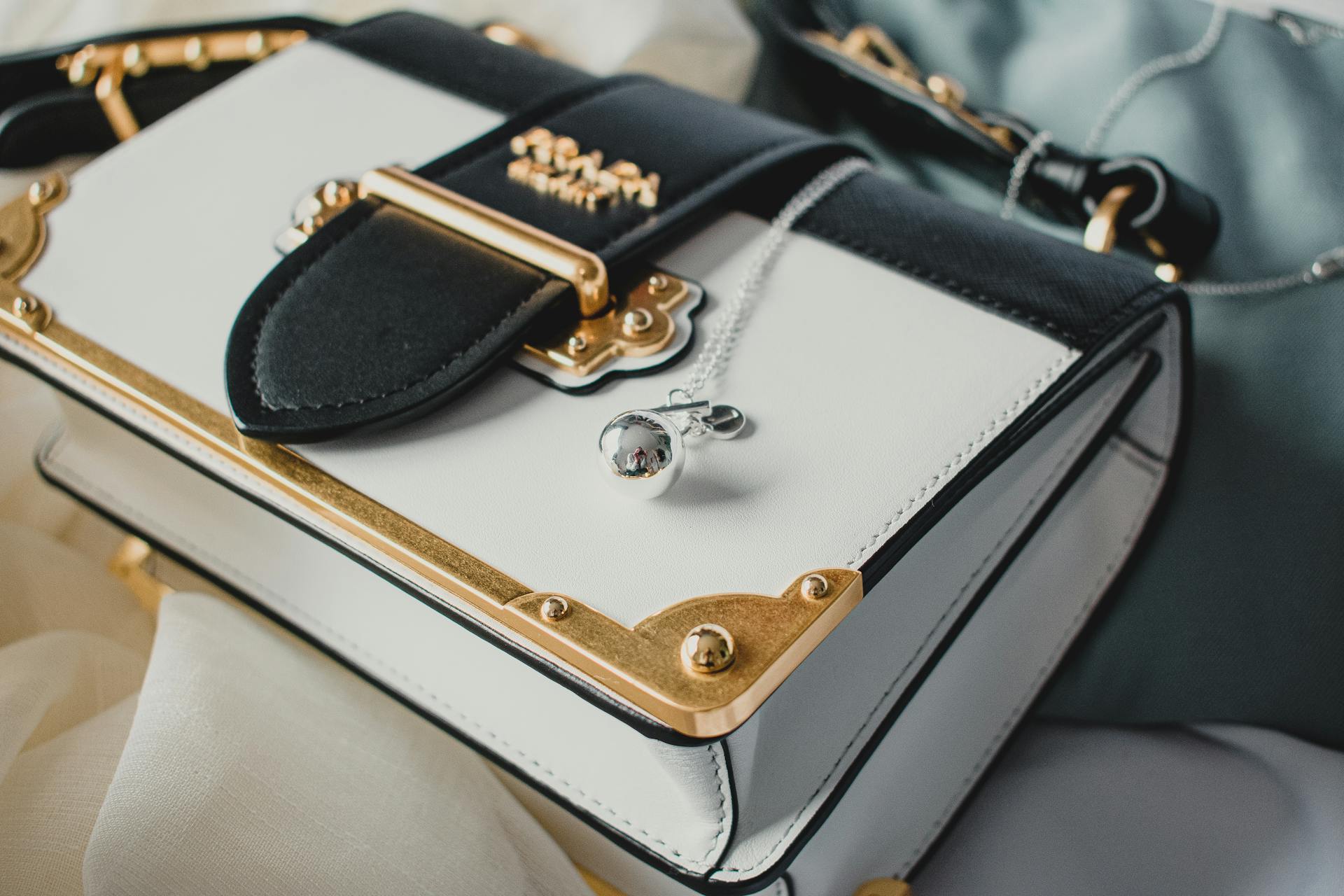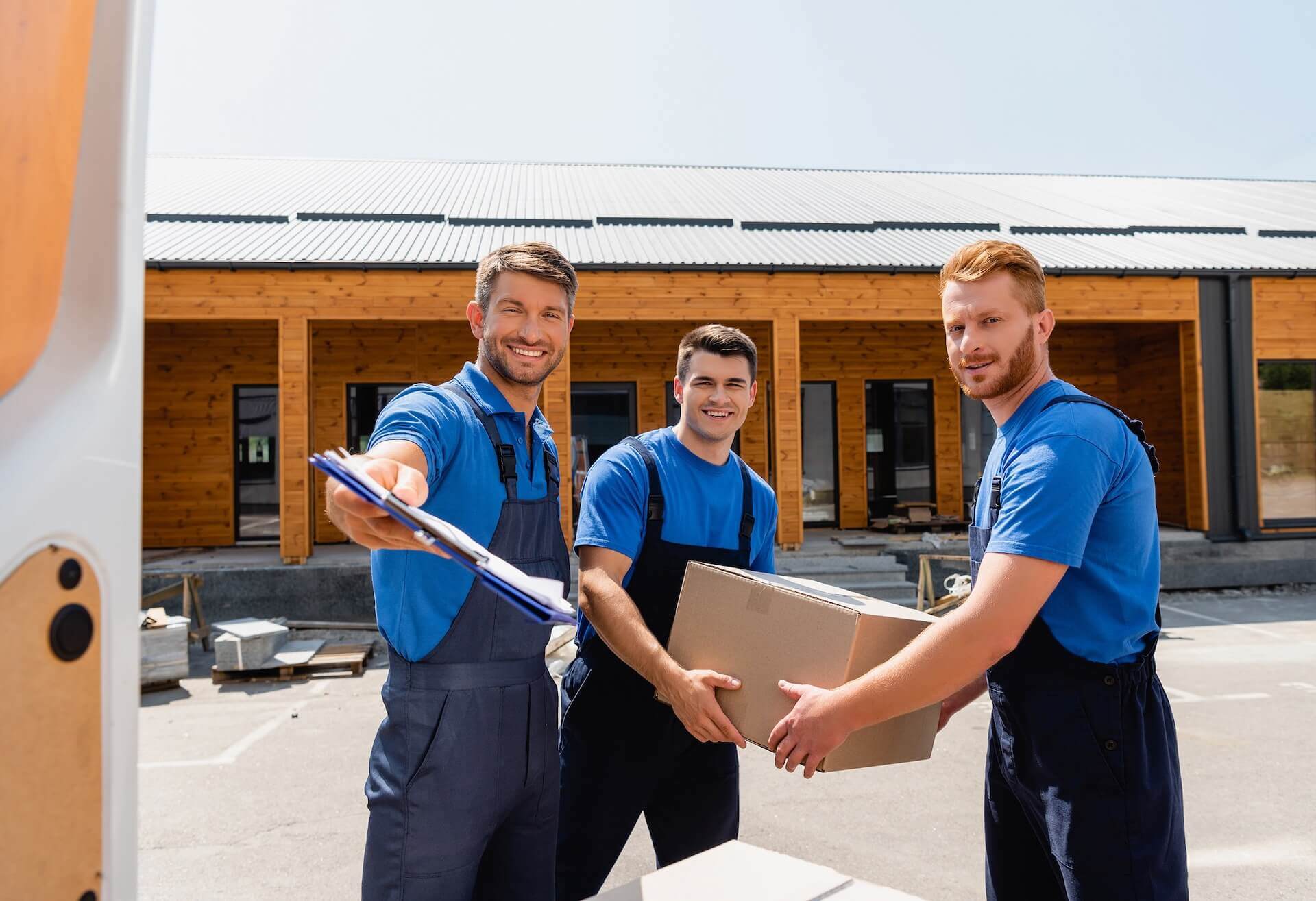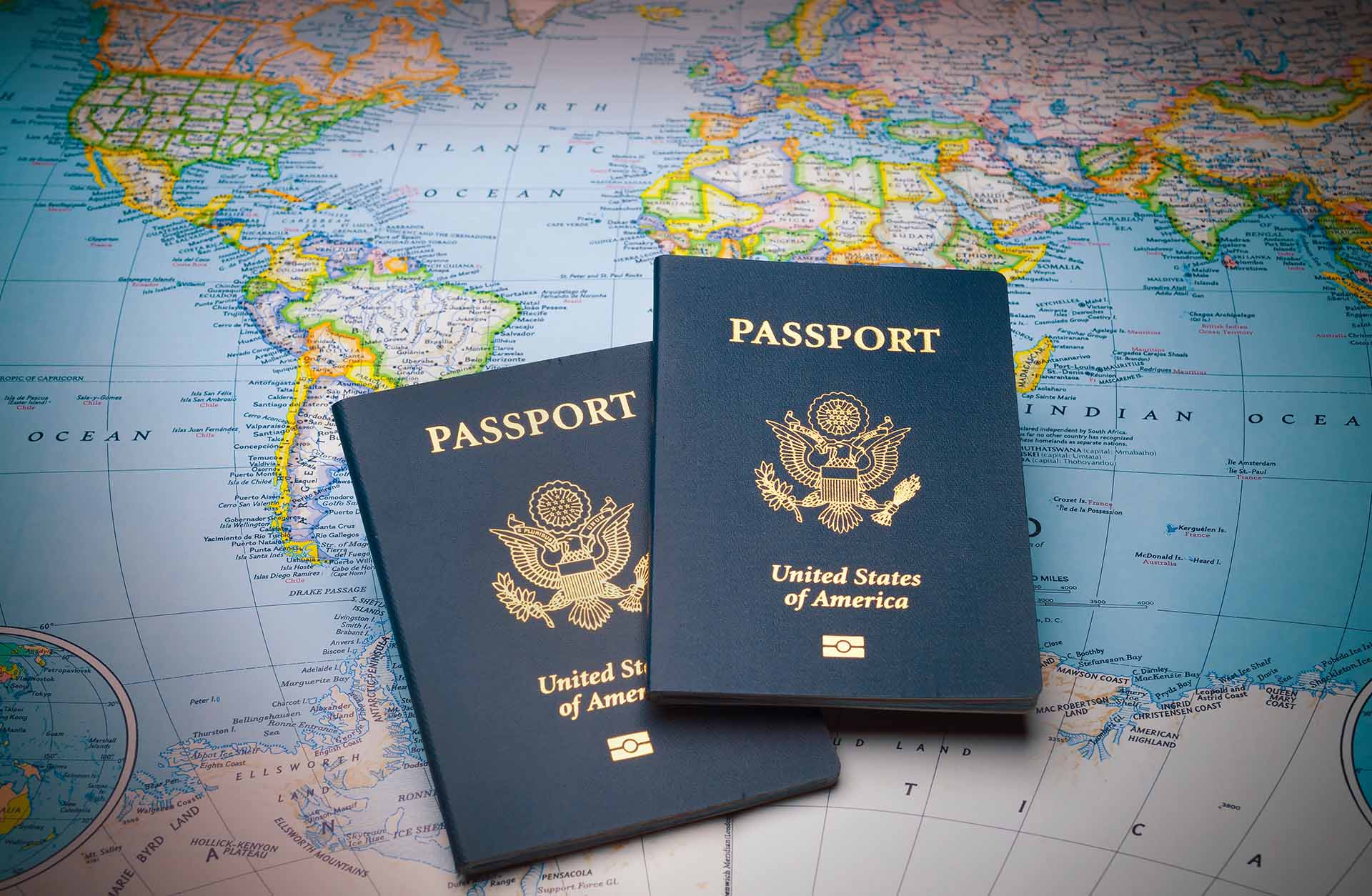Preparing for an international move can be both thrilling and challenging, and one of the most crucial aspects is packing your kitchen items. In this comprehensive guide, we will walk you through the essential steps and offer valuable tips on how to pack kitchen items for moving, making your international relocation smoother and stress-free. With the right strategies and a well-thought-out plan, you can ensure that your belongings arrive safely and intact at your new destination.

If you’re asking yourself, “How to pack my kitchen items for moving abroad?” here’s what you should know. Start by decluttering and organizing your belongings, donating or discarding items you no longer need. Use sturdy, quality packing materials such as bubble wrap, packing paper, and strong boxes to protect fragile items. Group similar items together and label boxes clearly for easy unpacking. Disassemble larger appliances and secure their components properly. Lastly, consider hiring professional movers experienced in international relocations to ensure your items arrive safely at your new destination.
Planning and Preparation Are the First Steps in Figuring Out How to Pack Kitchen Items for Moving
Start by conducting a comprehensive inventory of your kitchen belongings to assess what you need to pack. Determine which items are worth bringing along to your new home, what can be donated to others in need, and what needs to be discarded. Creating a relocation inventory will help you keep track of your items and ensure nothing valuable gets left behind.
Apart from this, plan a relocation timeline that allows you ample time to sort through your possessions and organize them effectively for the move. With proper planning and preparation, you can streamline the packaging process and reduce unnecessary stress during your international relocation.
Research Customs and Import Regulations
Moving overseas requires a keen understanding of customs and import regulations to avoid potential complications at the border. Investigate the specific restrictions on certain food items, appliances, or materials in your destination country.
Some countries have strict regulations on importing perishable foods, while others may have limitations on certain appliances due to voltage differences or safety standards. To navigate these regulations successfully, reach out to the appropriate customs authority in your destination country or consult with a relocation specialist who can provide valuable insights.
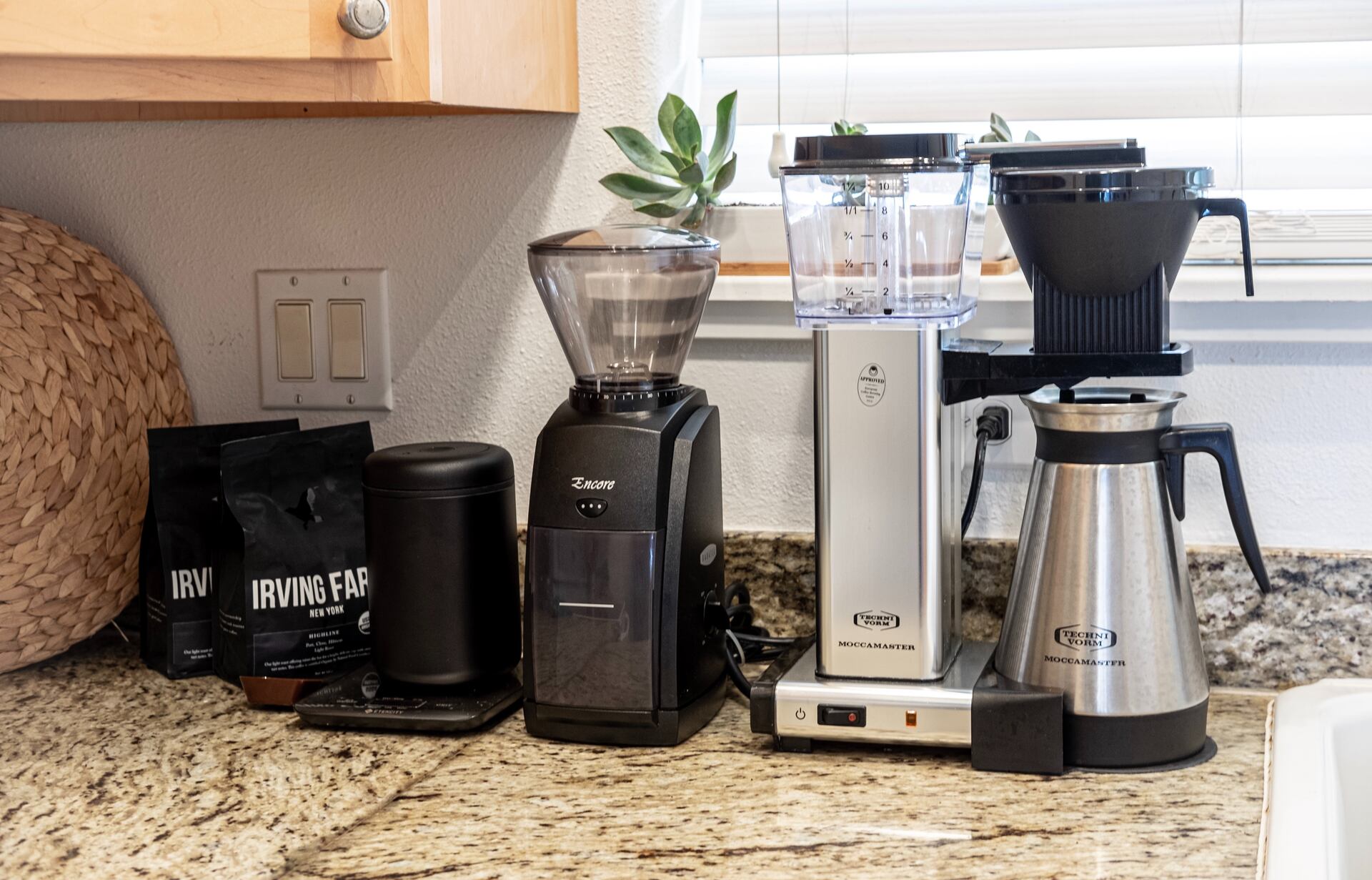
Gather Packing Supplies
As you start compiling your moving to-do list for an international relocation, one of the crucial steps is to note down gathering the necessary supplies for moving the belongings from the kitchen across the world. Having the right supplies ensures that your kitchenware remains safe and intact during the journey. Find all the materials in local supermarkets or hardware stores, or purchase them online via the Craigslist website. If you don’t want to bother with getting supplies at all, booking professional packing services from an overseas shipping company, such as I Love International Moving, is the easiest way to go.
Sturdy Boxes of Various Sizes
Figuring out how many boxes you need can be challenging. Start by categorizing your kitchen items and estimating the quantity for each category. Small appliances, utensils, and other accessories may fit into smaller boxes, while larger items like pots and pans may require larger boxes for packaging. It’s always better to have a few extra boxes on hand in case you are underestimated.
Opt for durable and high-quality boxes that can withstand overseas transportation, ensuring your kitchenware stays secure throughout the journey. For specific objects like wine glasses or plates, consider investing in specialty boxes designed to protect and accommodate these kitchen essentials.
Packaging Paper, Bubble Wrap, and Packing Peanuts
To protect your delicate kitchenware from potential damage during an international move, paper, bubble wrap, and packing peanuts are indispensable. Wrap fragile dishes, glassware, and other breakables with paper and bubble wrap, providing a protective layer to prevent any impact during transit.
On top of this, filling empty spaces in boxes with peanuts helps cushion the contents and reduces the risk of shifting during transportation. By investing in these essential materials, you not only ensure the safety of your kitchenware but also potentially save on relocation costs by avoiding the need to replace damaged goods at your new destination.
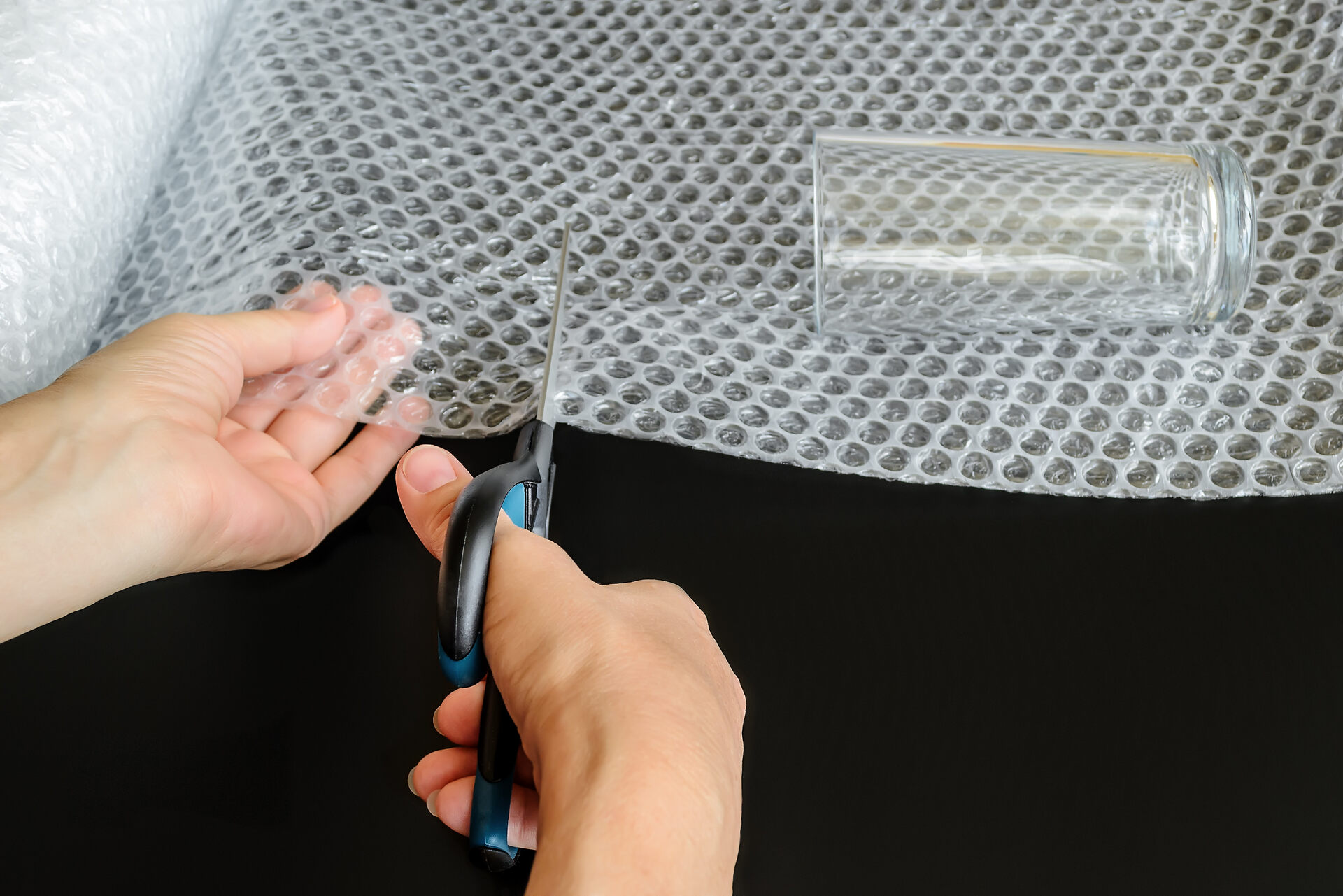
Strong Packing Tape and Markers for Labeling
As you pack your kitchenware when moving overseas, remember to equip yourself with strong packing tape and markers for labeling. Securely sealing boxes with packing tape prevents accidental openings and keeps your belongings intact throughout the journey.
Label each box clearly with its contents and destination room to make unpacking more organized and efficient. This simple yet crucial step will save you time and effort when settling into your new home.
By having these relocation essentials readily available, you ensure a smoother packaging experience and peace of mind knowing that your kitchenware is well-protected and easy to identify upon arrival.
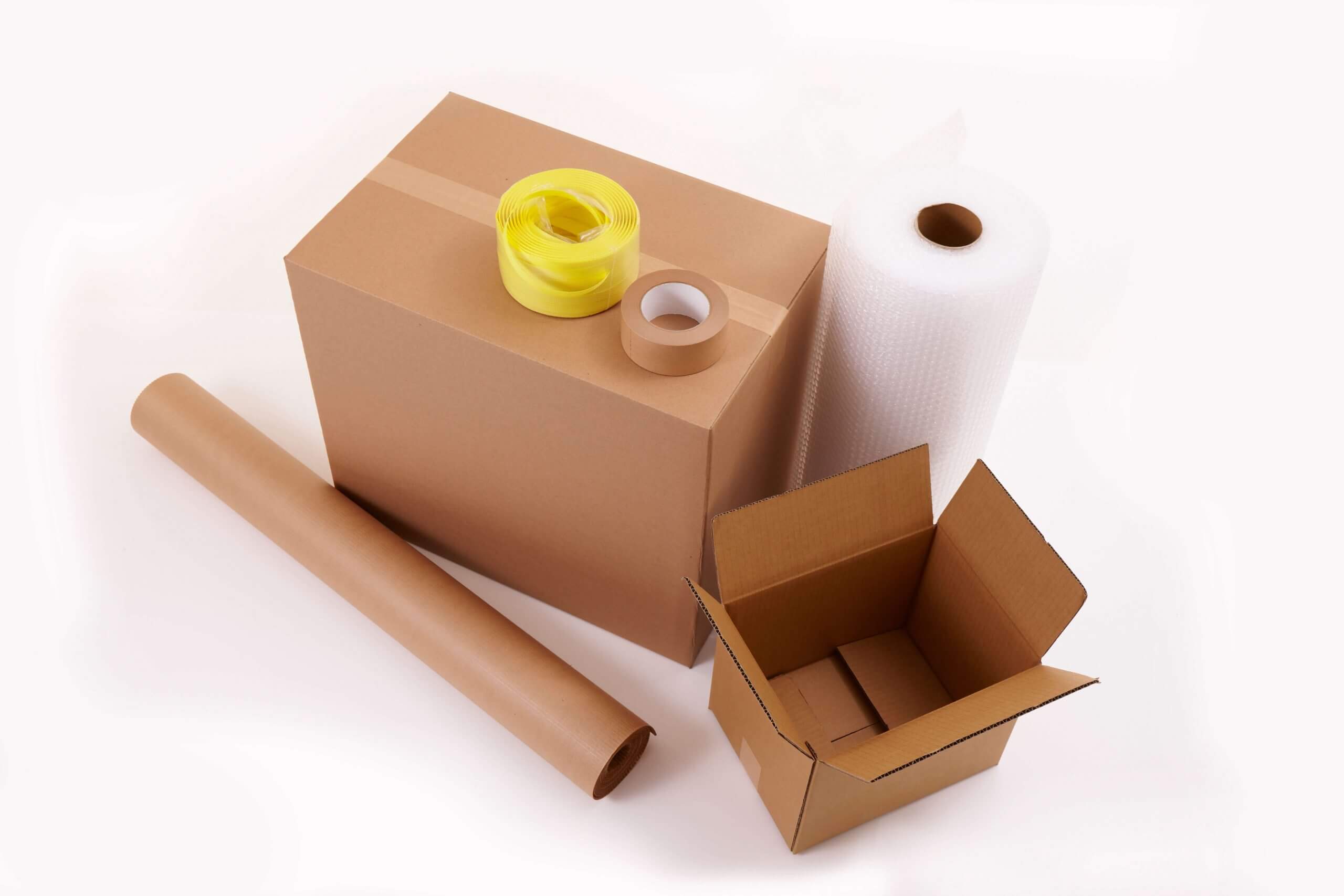
Consider Different Packing Strategies
When it’s time to move, adopting smart packaging strategies can significantly reduce relocation stress and ensure an effortless transition for your belongings. Start by sorting and organizing your kitchenware, making decisions on what to keep, donate, or discard.
Categorizing items by function or use allows you to package them more efficiently, making unpacking at your new destination a breeze. For added protection, group fragile possessions separately and use specialized packaging materials to ensure they remain safe during the journey.
Implementing these packaging tips, you’ll not only ease the process of packaging your possessions but also set the stage for a more enjoyable and stress-free international relocation experience.
Wrapping and Protecting Fragile Items
When it comes to packing your delicate kitchenware, such as glassware, ceramic dishes, and fine china, taking extra care is essential. Follow our instructions carefully:
- Begin by gathering ample paper, bubble wrap, and packing peanuts to ensure your fragile things receive sufficient cushioning.
- Individually wrap each breakable item with paper and add a layer of bubble wrap for added protection.
- When placing them in boxes, fill any empty spaces with peanuts to prevent shifting during transit.
- Clearly label these boxes as “fragile” to alert movers and yourself to handle them with care.
By using these effective wrapping techniques, you can alleviate anxiety about moving out and potential damage to your cherished kitchenware during the international move.
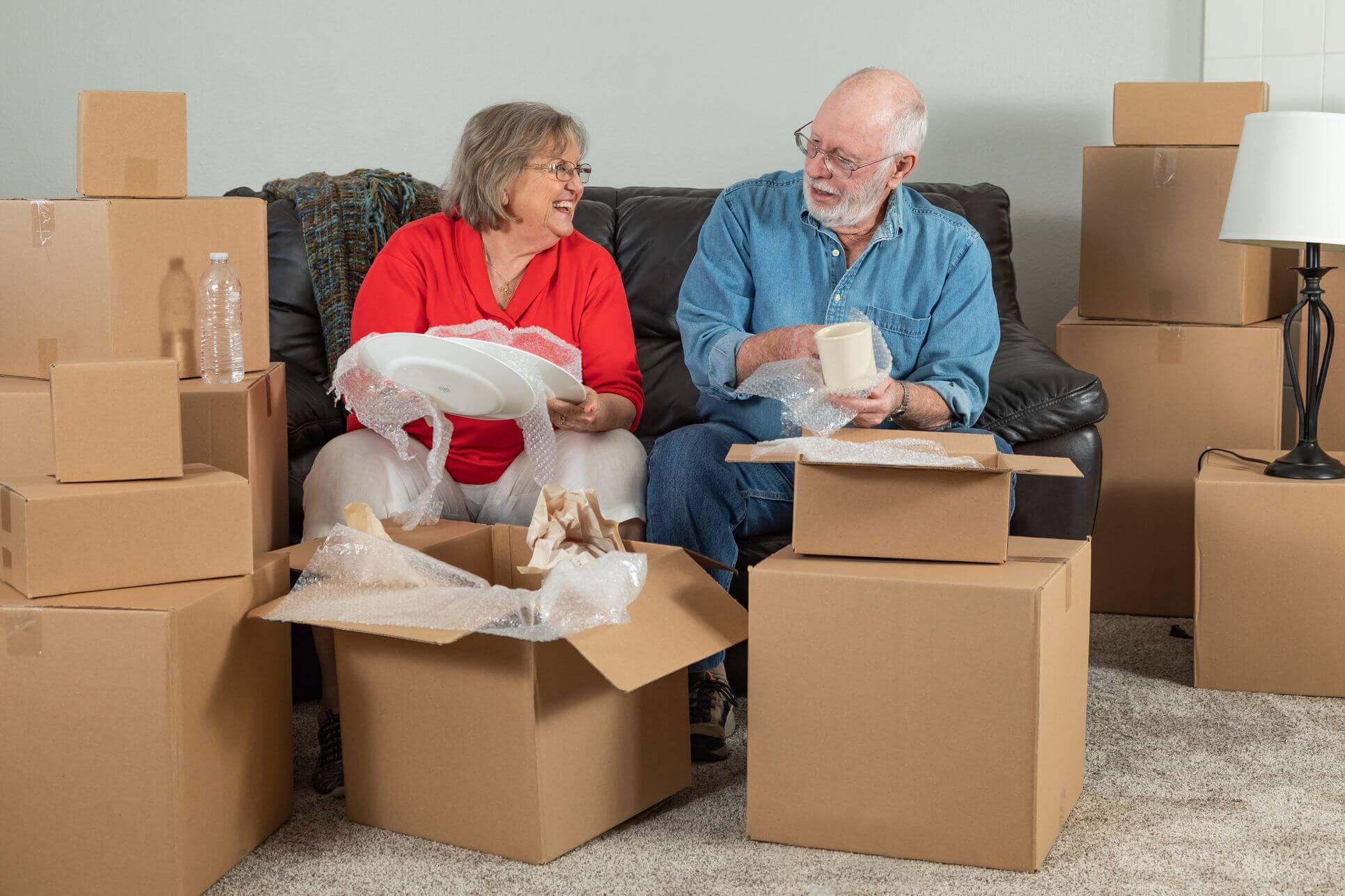
How to Pack Plastic Kitchen Items for Moving
Start by organizing and categorizing plastic objects such as food storage containers, plastic utensils, cutting boards, and mixing bowls. Remove any lids or detachable parts and package them separately to prevent breakage.
Use sturdy cardboard boxes or plastic bins for packing, and consider layering items with paper or bubble wrap for added protection. Fill any empty spaces with packaging peanuts to minimize movement during transit. Properly seal the boxes with strong tape, and label them clearly as “Plastic Kitchen Items” for easy identification during unpacking.
Packing Appliances and Electronic Devices
Package electronic devices and appliances by disconnecting and securing electrical cords to avoid any tangling or damage during transit. Ensure proper packaging and cushioning for each item, using original boxes whenever possible or sturdy, appropriate-sized boxes for protection.
Consider wrapping delicate parts with bubble wrap and filling empty spaces with cushioning materials to prevent shifting. It’s also essential to consult manufacturer guidelines or hire professionals for complex electronic setups.
Remember to research what not to pack when moving, as some electronics may have restrictions or require special handling. By following these tips, you can ensure your appliances and electronic devices make a safe journey to your new home.
Box Organization and Labeling
Creating an efficient labeling system is essential when moving abroad. When packaging your kitchen belongings, clearly indicate the contents and destination room on each box. This will help you find what you need quickly in your new home.
Consider using color-coded labels or numbering the boxes to keep track of their priority or category. Organize boxes by room, placing similar items together to make settling in much smoother. With a well-organized labeling system, you’ll have a better sense of control and order during the hectic relocation process.
Apart from this, you can greatly benefit from different moving hacks, so make sure to check out the video below for more information:
Hiring Professional International Movers
When planning an international move, the option of hiring a reputable overseas moving company can ensure that both you and your personal belongings arrive safely at the intended destination. Specialized movers experienced in international moves have the expertise and knowledge to handle the complexities of shipping overseas.
They understand the unique requirements and regulations associated with international relocations, including customs clearance and documentation. These professional movers can provide tailored solutions for your specific needs, offering international moving services that are cost-effective and reliable.
By entrusting your belongings to skilled professionals, you can have peace of mind knowing that your belongings will be carefully packed, securely shipped, and efficiently delivered to your new destination.

Follow Our Tips, and You’ll Pack Fast and Without a Problem
With the expert guidance and tips provided by I Love International Moving, your relocation can be a stress-free and efficient experience. By hiring a professional international moving company with expertise in overseas shipping, you can ensure that all your delicate belongings and appliances are packed with utmost care and protection.
Our experienced team will help you navigate customs regulations and restrictions on certain possessions and ensure compliance with import requirements. Don’t hesitate to contact us and invest in packing services to make your relocation a seamless journey. Embrace this new chapter in your life with confidence, knowing that a professional mover is here to support you every step of the way. Happy moving!
FAQ
Yes, there might be restrictions on importing certain kitchen items to a new country. Regulations vary by country, and some places may have restrictions on specific food items, appliances, or materials due to safety concerns, agricultural regulations, or cultural reasons.
Use proper materials such as paper, bubble wrap, and packing peanuts. Wrap each breakable item individually, and add layers of cushioning materials to protect them from impacts during transit. Place fragile belongings in sturdy boxes and label them as “fragile” to ensure careful handling.
It is generally not recommended to pack perishable food for an international move. Perishable foods may spoil during transit, leading to unpleasant odors and potential health risks. Additionally, many countries have strict regulations on importing food due to the risk of introducing pests or diseases. It’s best to consume or donate perishable foods before the relocation and avoid including them in your shipment.
Appliances with different voltage requirements may not function properly in the destination country without a voltage converter or transformer. Before the relocation, check the voltage standards in your new country and determine if your appliances are compatible. In some cases, it might be more practical to sell or donate your current appliances and purchase new ones in the destination country that match the local voltage requirements.
To research and comply with customs regulations and import requirements, start by contacting the customs authority or embassy of your destination country. They can provide detailed information about what possessions are prohibited or restricted and the necessary documentation for importing personal belongings.
Utilize online resources and guides specific to your destination country for further insights. If you’re unsure about any aspect of the customs process, consider consulting with a relocation specialist or professional international movers who have experience navigating customs procedures.
Hiring professional international movers for packing and shipping your belongings is highly recommended. Experienced movers understand the intricacies of international relocations, ensuring your belongings are packed securely and comply with customs regulations. They provide specialized materials, minimizing the risk of damage during transit.
To ensure the safety and security of your belongings during the international relocation, use sturdy boxes and ample materials such as bubble wrap and cardboard boxes. Properly secure fragile objects and label boxes as “fragile” for careful handling. Hiring professional movers with expertise in international moves also guarantees added protection, as they implement secure packaging practices and employ advanced shipping methods.
Yes, there are special considerations for packaging and shipping electronic devices. Disconnect and secure electrical cords to prevent damage. Wrap delicate parts with bubble wrap for protection. Consult manufacturer guidelines for any specific packaging requirements. For appliances with different voltage requirements in the destination country, consider using voltage converters or opt to purchase compatible models locally.
Label boxes with the room they belong to and a brief description of their contents. Create an inventory list with corresponding box numbers. This will help you identify items quickly upon arrival and assist with customs clearance. Take photos of valuable items for insurance purposes.
Adapting to the kitchen setup and utilities in the new country may require some adjustments. Research the standards and utilities available, including electrical outlets and gas connections. Be prepared to potentially purchase new appliances that are compatible with the local voltage and gas specifications. Learn about local culinary customs and ingredient availability to embrace the culinary experiences in your new home.
